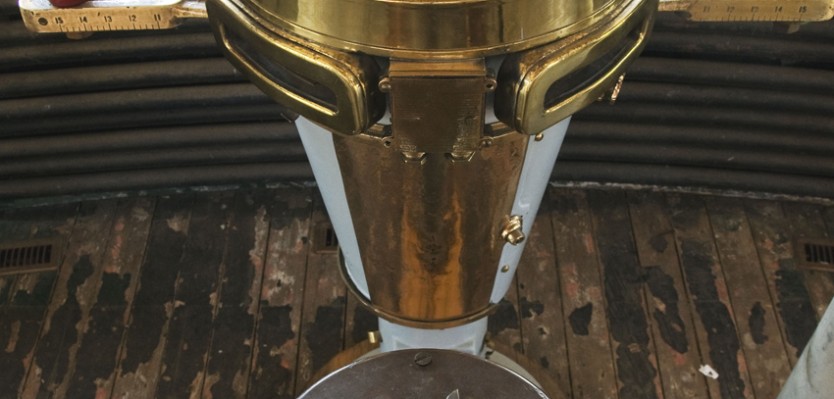
Interview with Jordan Rathus
Pooja Kakar: You have a film background, what motivated you to transition into fine art and how does that background influence your work?
Jordan Rathus: My video and film work has always been experimental. I think it’s more the context in which it’s presented that’s changed. I felt ultimately that the best place for my work to grow would be in the “world” with the fewest rules. That, for me, was the art world. But having this extensive film and television experience has been a tremendous inspiration for me. A lot of the work I make self-consciously exposes the multiple layers of the production process, from performing to directing to camera operating to audio recording to editing. My emphasis on “behind-the-scenes” often surpasses the screen time devoted to the content of the piece.
PK: This work will be presented for the first time on the LILAC how does the piece relate to the site?
JR: “Based on, If Any” sets out as a sort of anthropological documentary focusing on the political history and environmental impact of the Panama Canal. For me, the LILAC’s own rich history along with the unifying element of water offers an interesting connection.
PK: Could you explain your process—from the inception of an idea to its execution in an exhibit, in greater detail?
JR: More and more my process has become centered on capturing the hysteria of developing and performing on-camera personas. I often begin by focusing on a particular character trait, and then I center the video’s narrative around the study and exploration of the resulting behaviors. In “Based on, If Any” I reveal the main character’s constant struggle to create an illusion of professionalism. I edit all of the behind-the-scenes footage into the completed scenes, creating a confused power struggle between myself as the on-camera performer and myself as the editor. I consider a piece complete when the journey of finding this balance of power is either perfected or exhausted.
PK: How does your use of pop culture communicate meaning in your work?
JR: I try to use culturally recognizable modes of visual storytelling in order to create a shortcut for the viewer. I feel that from this point of comfort and familiarity I am able to more effectively communicate the deconstruction of these modes, and I can more successfully reveal what is not typically revealed.
PK: Who/Where have you found inspiration from for your previous pieces?
JR: I’m inspired by a wide range of cultural sources, from reality shows like “The Bachelor” to operas by Puccini to films by the Marx Brothers.
PK: What projects are you currently working on?
JR: I’m continuing on this trajectory of recontextualizing the travelogue film format as I journey through places like Panama, Cuba, and the Arctic Circle. Another project I’m excited about is a film I’m making with Nick Paparone. We’re shooting here in New York over the summer and the premiere will be in November.
Tags: Journal